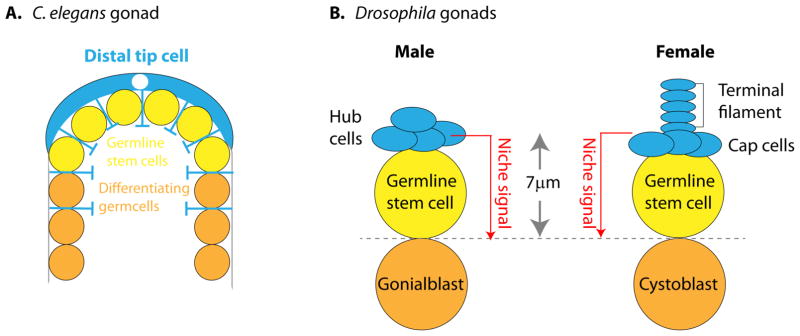Figure 1. Short range niche signaling in C. elegans and Drosophila gonadal niches.
(A) In C. elegans, one distal tip cell (DTC) forms the niche for germline stem cells located at the distal end. DTC extends long projections that contact stem cells. (B) Asymmetric fate determination of Drosophila germline stem cells (GSCs) largely depends on the differential placement of two stem cell daughters to distinct locations: cells within the niche self-renew while cells outside the niche differentiate. The niche cell cluster (hub cells in males, terminal filament and cap cells in females) provides signals for stem cell self-renewal to the juxtaposed stem cells, but not other daughter cells displaced 1 cell diameter away from niche cells (Gonialblast in male, Cystoblast in female).

